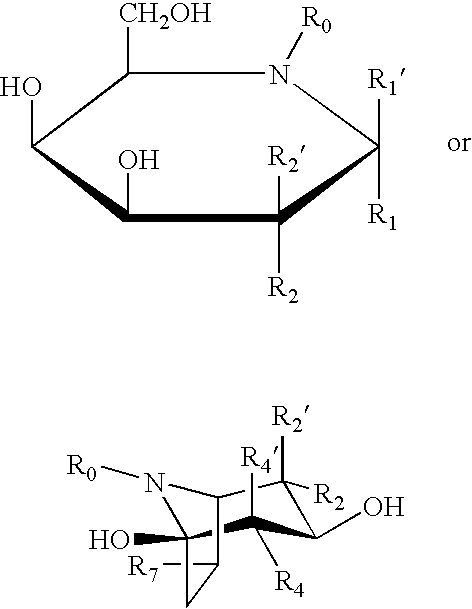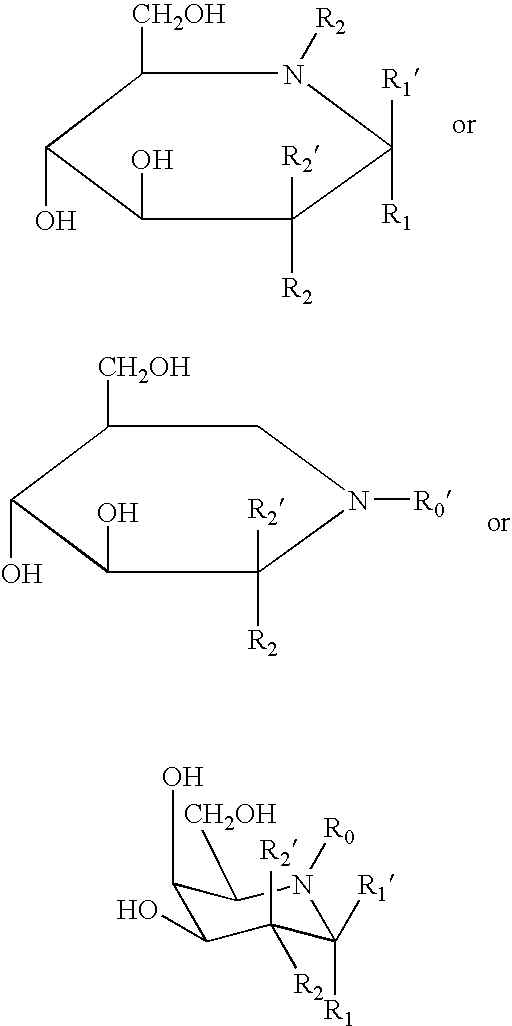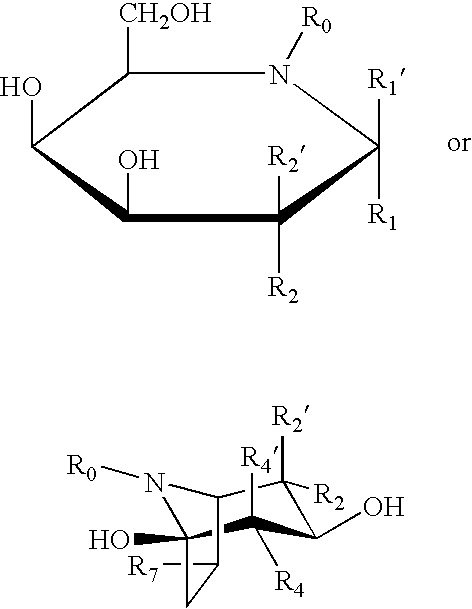Combination therapy for treating protein deficiencies
a protein and treatment technology, applied in the field of protein treatment, can solve the problems of preventing, affecting the effect of gene expression, and affecting so as to improve the biological and cost efficiency of gene therapy and increase the efficiency of gene expression
- Summary
- Abstract
- Description
- Claims
- Application Information
AI Technical Summary
Benefits of technology
Problems solved by technology
Method used
Image
Examples
example 1
Intracellular Enhancement of α-Gal A with ASSCs
[0115]Methods. The COS-7 cells are transfected with pCNX2-AGA according the protocol established previously (Ishii et al. Arch. Biochem. Biophys. 2000; 377:228-233) using FuGene 6 Transfection Reagent.
[0116]The wild type enzyme is expressed in the transfected COS-7 cells. After the transfection, the cells are cultured in methionine- and cysteine-free medium that is supplemented with a [35S]-Protein Labeling Mix (New England Nuclear, Boston, Mass.) with or without DGJ for 30 min. The medium is replaced with non-radioactive medium with or without DGJ, and the cells are cultured for an additional period. The [35S]-labeled proteins are extracted using 1% Triton X -100 over the time, and the extent of intracellular process and amount of α-Gal A is determined following immunoprecipitation with anti-α-Gal A IgG and SDS-PAGE.
[0117]Results. The amount of [35S]-labeled α-Gal A is expected to be larger in the cells cultured with DGJ than those obt...
example 2
Co-administration of DGJ to Fabry Mice Treated Using Gene Therapy
[0118]Methods. α-Gal A deficient mice (Fabry KO mice) have been generated previously (Oshima et al., Proc. Natl. Acad. Sci. USA 1997; 94: 2540-254) and gene therapy has been tested on these knockout mice (Takahashi et al., Proc. Natl. Acad. Sci. USA 2002; 99:13777-82; Siatskas et al., J. Inherit. Metab. Dis. 2001; 24: 25-41; Ziegler et al., Hum. Gene. Ther. 2002; 13, discussion 11-2: 935-45). These experiments showed that the gene therapy could be useful for the treatment of Fabry disease. Co-administration of DGJ to the mice treated with gene therapy will increase the efficiency of the gene therapy, since it significantly improves the expression of the therapeutic gene product, specifically by preventing aggregation in the ER of the target cell. The KO mice following the gene therapy protocol receive DGJ dissolved in drinking water and the α-Gal A activity in various tissues including heart, kidney, spleen, liver, and...
PUM
| Property | Measurement | Unit |
|---|---|---|
| Cell angle | aaaaa | aaaaa |
| Disorder | aaaaa | aaaaa |
Abstract
Description
Claims
Application Information
 Login to View More
Login to View More - R&D
- Intellectual Property
- Life Sciences
- Materials
- Tech Scout
- Unparalleled Data Quality
- Higher Quality Content
- 60% Fewer Hallucinations
Browse by: Latest US Patents, China's latest patents, Technical Efficacy Thesaurus, Application Domain, Technology Topic, Popular Technical Reports.
© 2025 PatSnap. All rights reserved.Legal|Privacy policy|Modern Slavery Act Transparency Statement|Sitemap|About US| Contact US: help@patsnap.com



